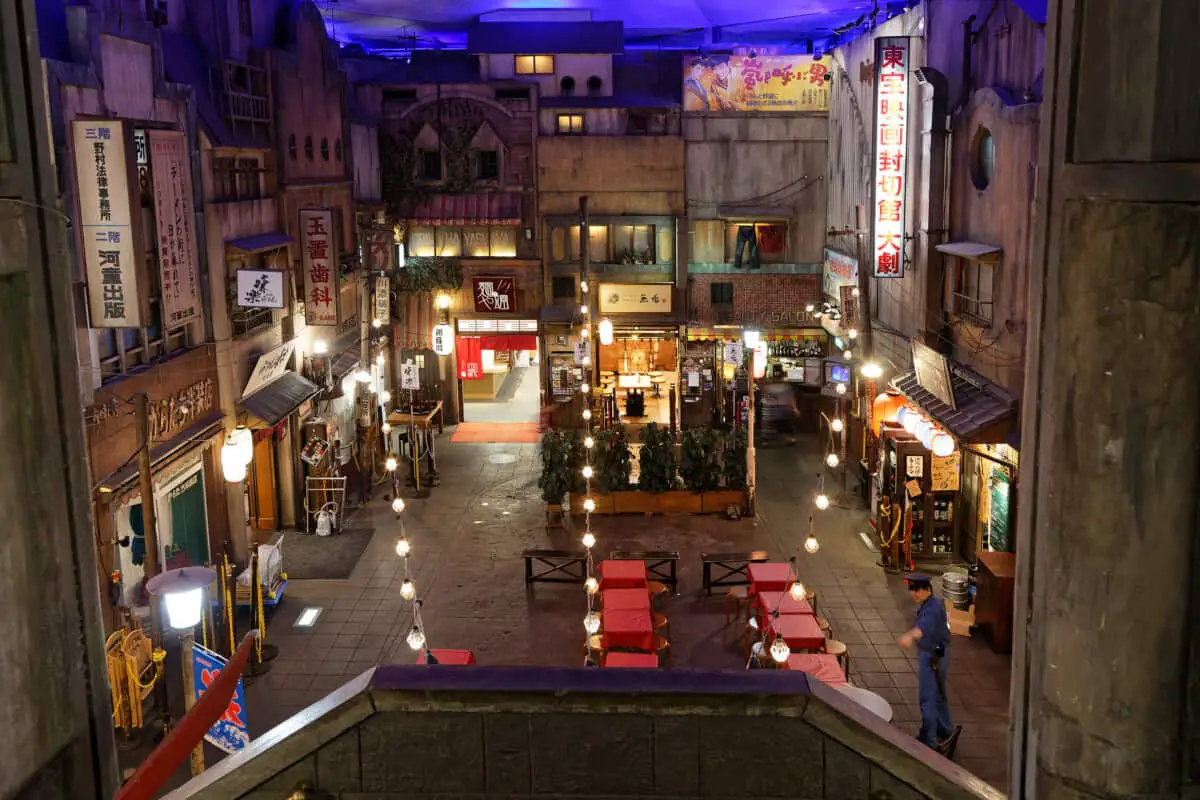With ramen marked as one of Japan’s most popular cultural dishes, the Shin-Yokohama Ramen Museum does an amazing job of sharing the history of ramen for Japanese food-lovers, with exhibits, authentic noodle shops, and ramen memorabilia.
This article will go into what the Ramen Museum is, how to get there, and must-see sights when you arrive.
What is the Shin-Yokohama Ramen Museum?
The Shin-Yokohama Ramen Museum is the world’s first food-themed museum and amusement park, created in March of 1994. The museum is geared towards being a one-stop place for all elements of ramen so tourists and visitors can enjoy all flavors and varieties of ramen in one place.
During the museum’s 20th anniversary, the museum underwent a huge expansion to offer more exhibits to tantalize its guests.
They host a total of nine ramen shops along a street that’s re-created to look exactly like it came out of 1958, the year instant ramen was first invented.
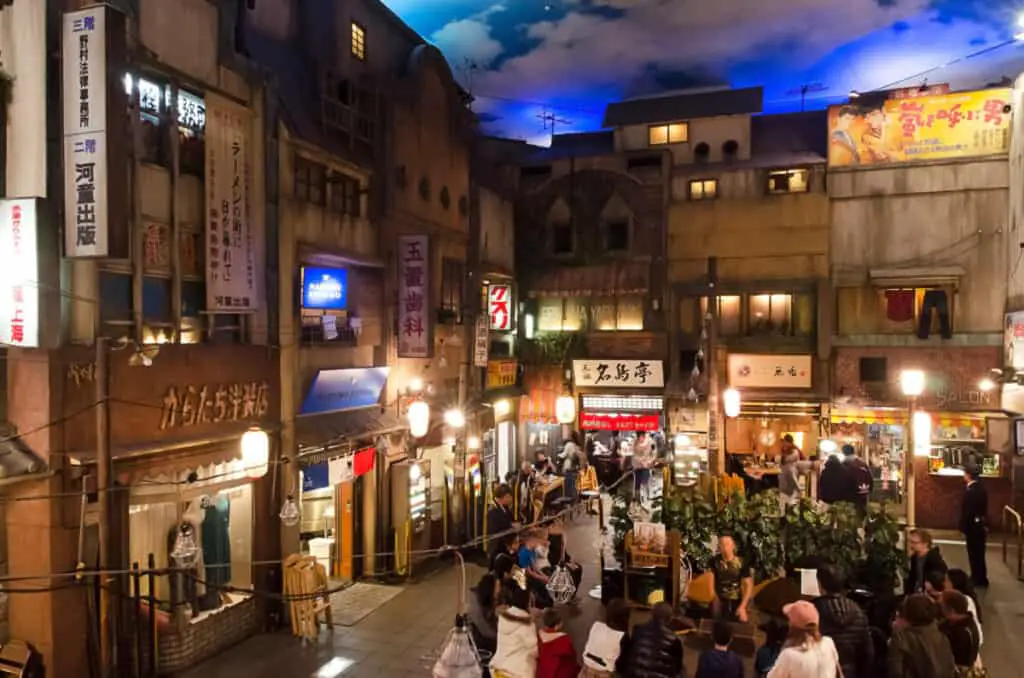
Where is the Shin-Yokohama Ramen Museum Located?
The Shin-Yokohama Ramen Museum is situated in the Shin-Yokohama district of Kōhoku-ku, Yokohama 222-0033 Kanagawa Prefecture.
How Do You Get to the Ramen Museum?
The easiest way to reach the museum is by taking the train. The Ramen Museum is only a five or ten-minute walk from the Shin-Yokohama Station.
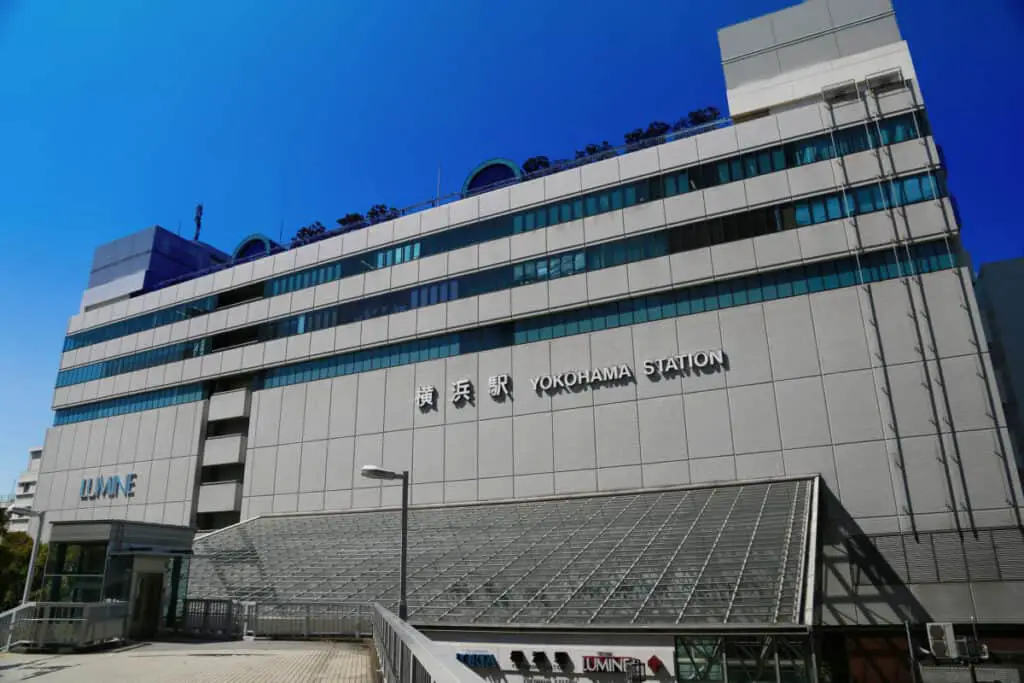
Shin Yokohama Station Location Via Google Maps
What Are the Opening Hours at the Ramen Museum?
The Ramen Museum is open every day with slightly differing hours. It is open Thursday to Tuesday from 11 AM to 8 PM, and on Wednesdays, it is open from 11 AM to 9 PM.
If you are ordering ramen, the ramen shops within the museum accept orders until 30 minutes before closing.
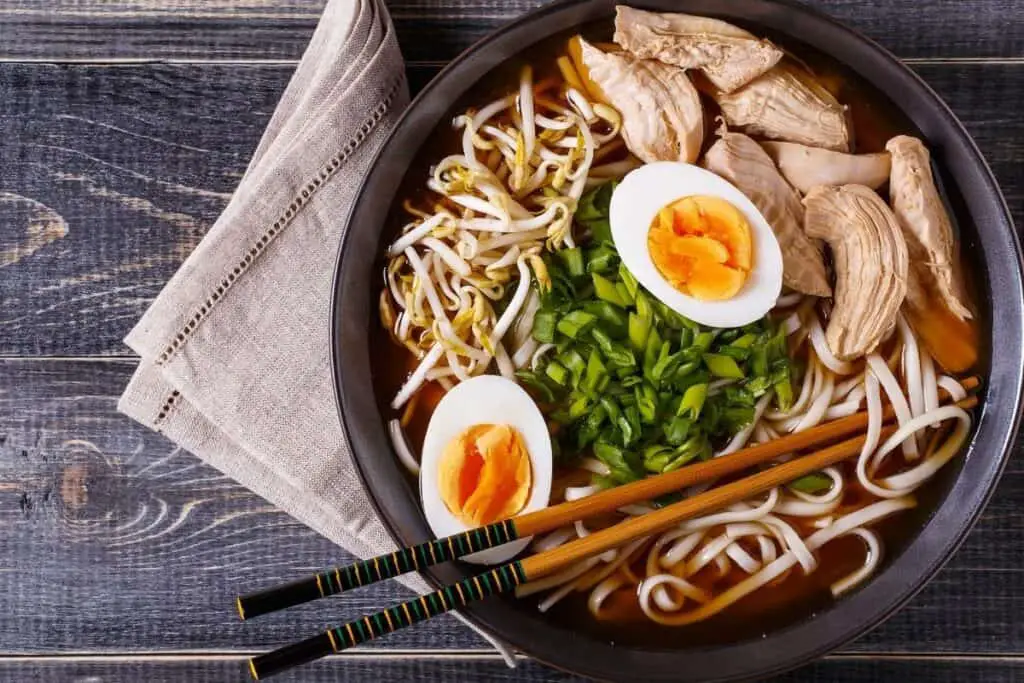
What Are the Ticket Prices at the Ramen Museum?
The tickets for the Ramen Museum are good for an entire day. For adults aged over 13, the ticket price is 310 Yen (or $2.71 USD), and for children aged 6-12, and seniors over 60, the ticket price is 100 Yen (or $0.87 USD). Anyone aged 6 years old and under is allowed free admission.
The Ramen Museum also offers group admission discounts with groups of 15 people or more, where each individual ticket is reduced for adults at 260 Yen (or $2.27 USD) and for children and seniors the ticket price is 50 Yen (or $0.44 USD.)
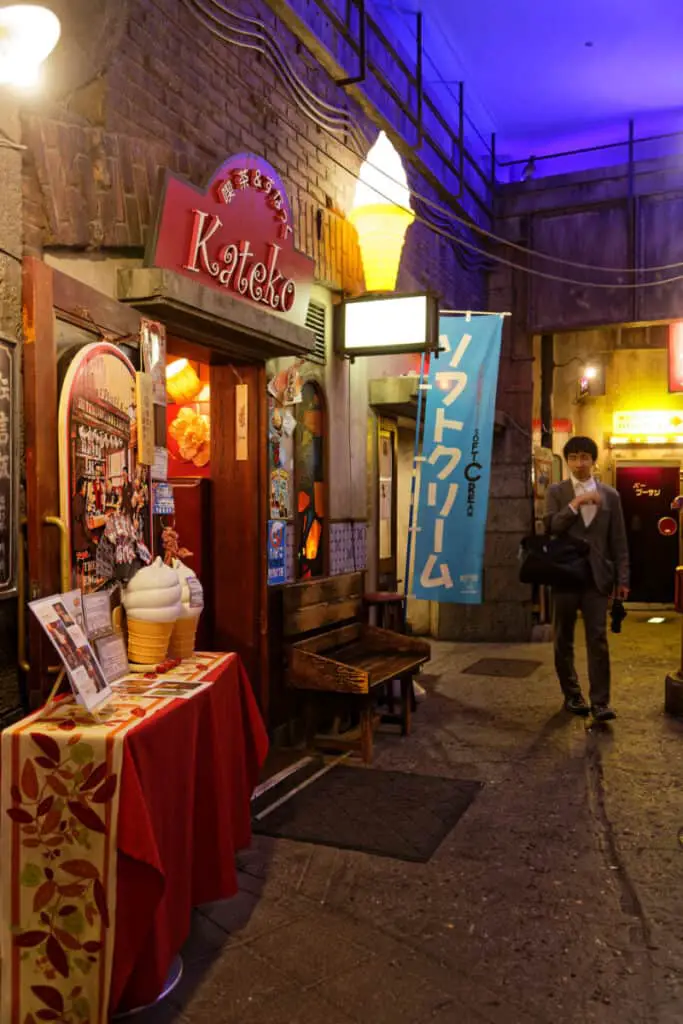
What Are Some Prominent Sights to See at the Ramen Museum?
What is the Gallery at the Ramen Museum?
In the Gallery on the first floor, visitors are able to learn about ramen with an expansive and engaging history that’s been refined for the past 25 years. It is here that new addition, ancient Chinese noodles dating back to the Muromachi (1338-1573) period can be found, which are considered to be the beginnings of ramen.
What is The Museum Shop at the Ramen Museum?
The Museum Shop on the first floor is an everything-and-anything ramen shop that will bring a smile to any ramen-lover. You are able to procure ramen found all over Japan and look through the treasure troves of collectibles to find your own personal chopsticks, bowls, and special utensils.
You are also able to make your very own brand of ramen at the ‘My Ramen’ kiosk, or your own candies at a different booth in this location.
What is the Kateko Café and Snack Shop at the Ramen Museum?
The Kateko Café and Snack Shop are located on the basement floor, which is a relaxing, atmospheric cafe with a small selection of light foods, soft drinks, and alcohol.
One of the most popular dishes here is the Hokkaido ice cream, also known as soft cream.
What is the Dagashi-ya on Yu-yake Shoten (Shopping Street) at the Ramen Museum?
The Dagashi-ya (an old-fashioned candy store) on Yu-yake Shoten, also known as Sunset Shopping Street, is a place filled with childhood memories for many older Japanese people.
The Dagashi-ya is a place where children would gather after school, re-created in a timeless aesthetic and filled with over 300 types of old-fashioned sweets and toys.
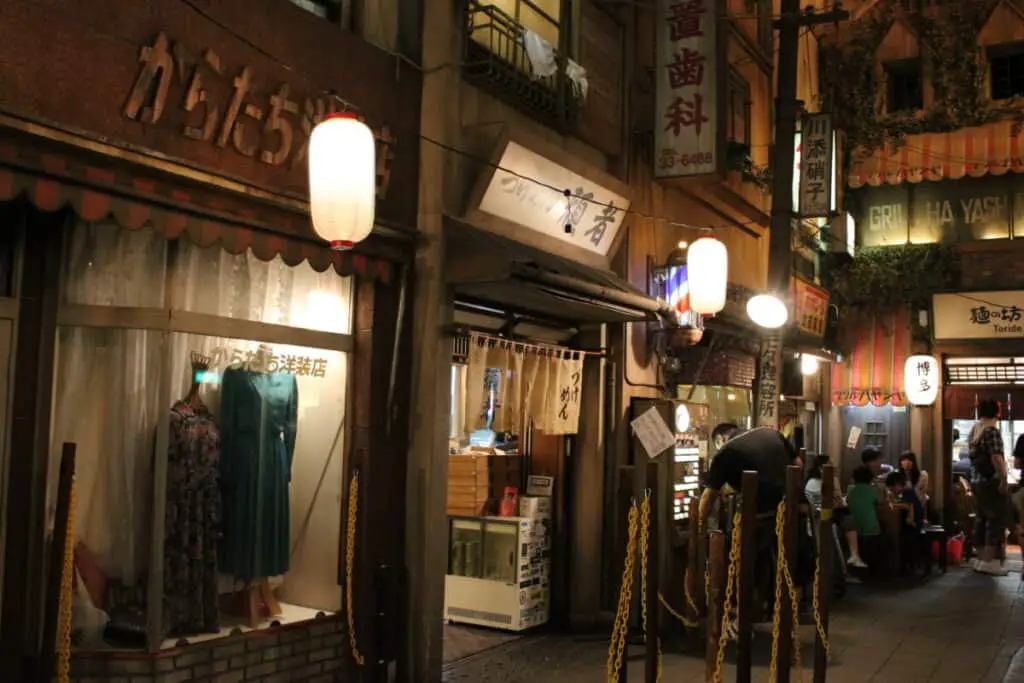
What Types of Ramen Does the Ramen Museum Serve?
The ramen served at the Ramen Museum is as authentic as it is varied, with vegetarian and no pork options for visitors who are interested.
What is the Ryu Shanghai Honten Ramen?
The Ryu Shanghai Honten ramen is a vegetarian, no pork selection with a rich seafood miso ramen base. It is a thick soup with its signature flat noodles that are folded over 32 times. The spicy miso is topped with an extra dollop of concentrated, raw miso, which is perfect for miso lovers.
What is the Rishiri Ramen Miraku Ramen?
The Rishiri Ramen Miraku is a soy sauce-type base ramen with Rishiri kelp and is typically only found eight hours away on Rishiri island, making this rare dish definitely one to try.
The yaki-joyu (soy sauce base) is made from Rishiri kelp, along with a soup loaded with savory flavor and aged medium-thick wavy noodles.
What is the Ryukyu Shinmen Tondou Ramen?
The Ryukyu Shinmen Tondou Ramen comes with gyoza and is the creation from a special project to give regions of Japan local ramen of their own where, previously, no local ramen existed.
This salt ramen is a simple dish, but is loaded with flavor with ingredients from Okinawa, and is produced locally from Okinawa and sent over to be enjoyed by guests at the Ramen Museum.
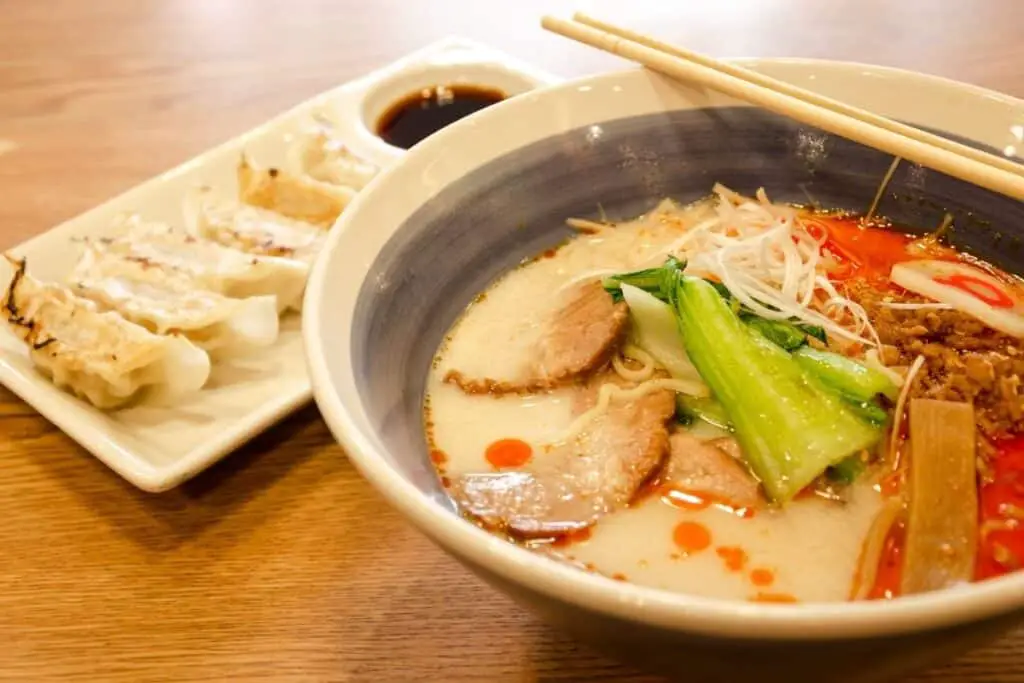
What is Komurasaki Ramen?
Komurasaki is an old soup, created back in 1954 with a mild flavor that combines chicken bone and brother vegetables over a special base: tonkotsu, or pork bone. There is also a unique flavored oil included in this soup, along with roasted garlic chips tossed on top, evoking a tantalizing aroma.
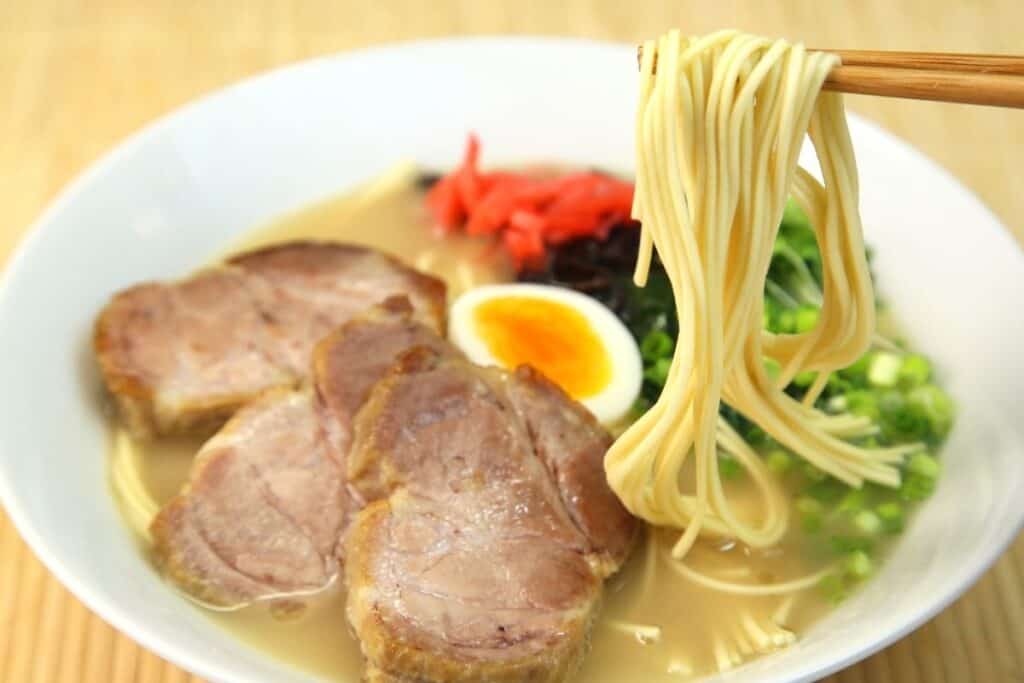
What Other Types of Ramen Varieties Does the Ramen Museum Offer?
What Types of Noodles are Offered at the Ramen Museum?
The basic noodles at the Ramen Museum consist of wheat, brine, and water, but can differ based on a few types of criteria that make them more or less preferred by guests:
- The noodle’s thickness.
- What percentage of water is used to make the noodles.
- How wavy the noodles are (also known as chijire).
- The color of the noodles.
The difference of ramen noodles, from their size and waviness to their color and water percentage, vastly affects the taste of both the noodles and the ramen soup.
Master ramen chefs have fine-tuned match-making the right noodle to the right soup, combining flavors that give the most prominent and incredible taste.
For example, wavy noodles are a good match for lighter-based soups and mild flavors, while straight noodles are best coupled with thicker soups.
Why is the Soup Base so Important When it Comes to Ramen and the Ramen Museum?
The key factor in making any ramen successful is in the soup, which is typically made up of salt, soy sauce, miso, and other bases.
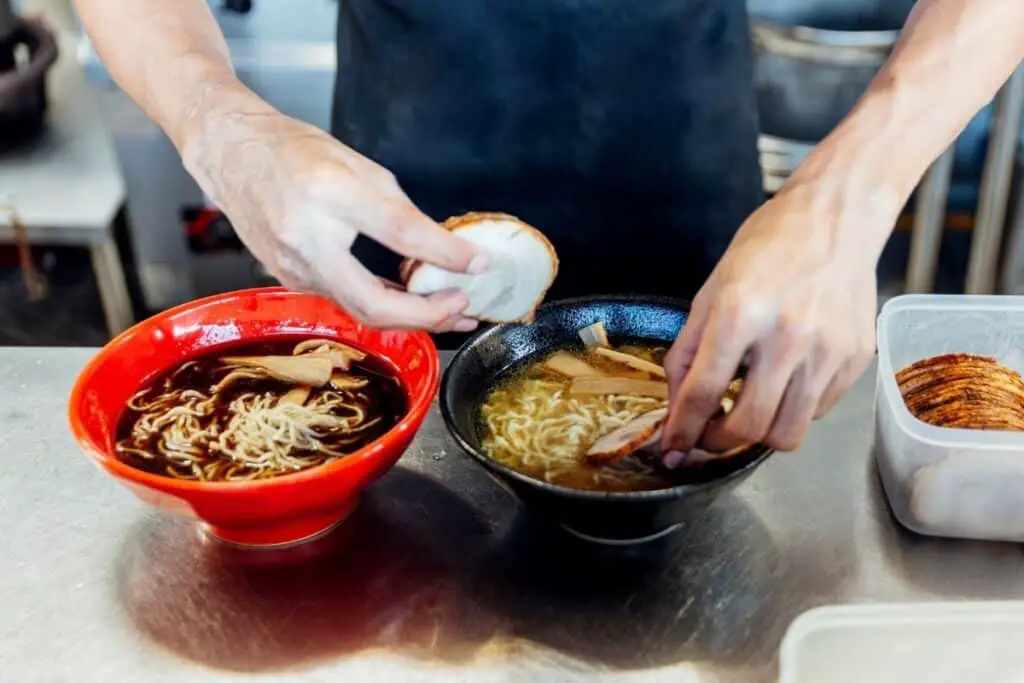
Usually, an animal-based broth, such as pork or chicken bone, or seafood elements with ingredients such as sardines (niboshi) or kelp (konbu), is added in as an undertone to bring fullness to the flavor.
What Type of Toppings Do the Ramen Soups at the Ramen Museum Come With?
The basic toppings that are offered with the ramen at the Ramen Museum are items such as roast pork (chashu), tender, seasoned bamboo shoots (menma), green onion, lightly-simmered egg, and edible seaweed (nori).
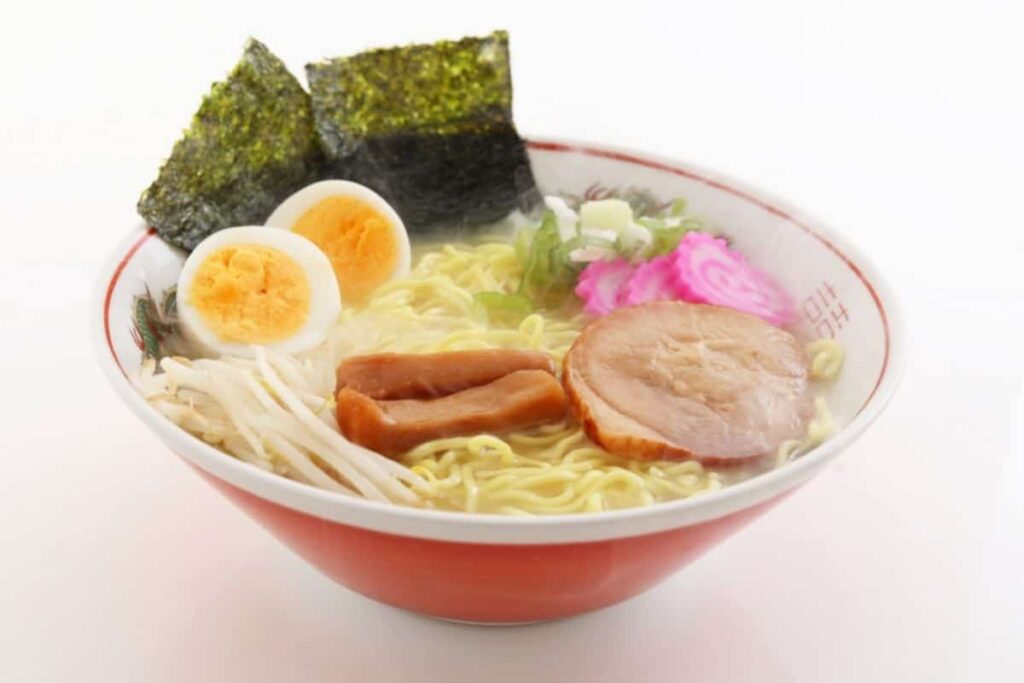
Additional toppings, though they may not be considered as the standard go-to, include corn, spiral fish cakes (narutomaki), a different type of seaweed called wakame, and butter. These additional ingredients depend heavily on the region’s particular tastes.
What Do Tourists Have to Say about the Ramen Museum?
According to one tourist, the museum was “[quite unique]” and offered a “good intro into the history of ramen noodles in Japan… it was where we… discovered what umami was all about.”
Their favorite part was in the basement level where “there was an interesting recreation of… old… Tokyo during the 1958 era.”
They go on to say it was “a very enjoyable experience that did not cost a lot for admission.”
Another tourist stated that the Ramen Museum was “…not just a museum, but various ramen shops that we can actually dine in [at]” They also stated that its location is “not far from the station” and “took around 2 hours to complete.”
ShinYokohama Ramen Museum Via Tripadvisor
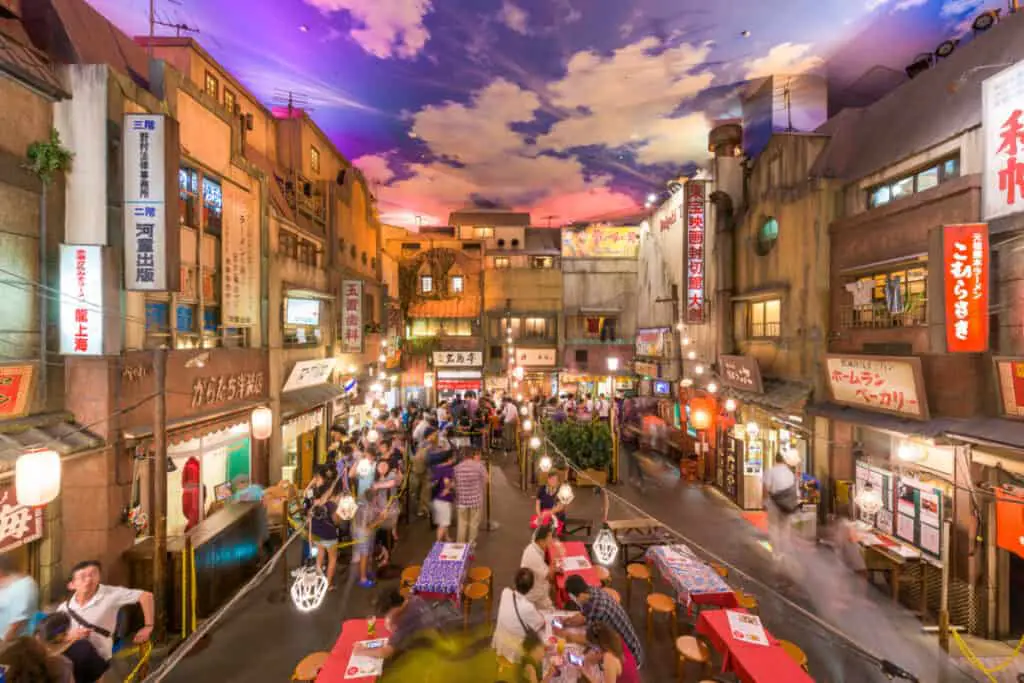
another tourist said enthusiastically that they “caught the train from Tokyo to Yokohama… [and] ordered an Okinawa-style ramen dish that was THE best ramen dish [they had] ever tasted. “ They went on to say that the food was “outstanding” with a “superb selection of ramen dishes”, along with “prompt, efficient service.”
Virtual Tour Of The Ramen Museum

